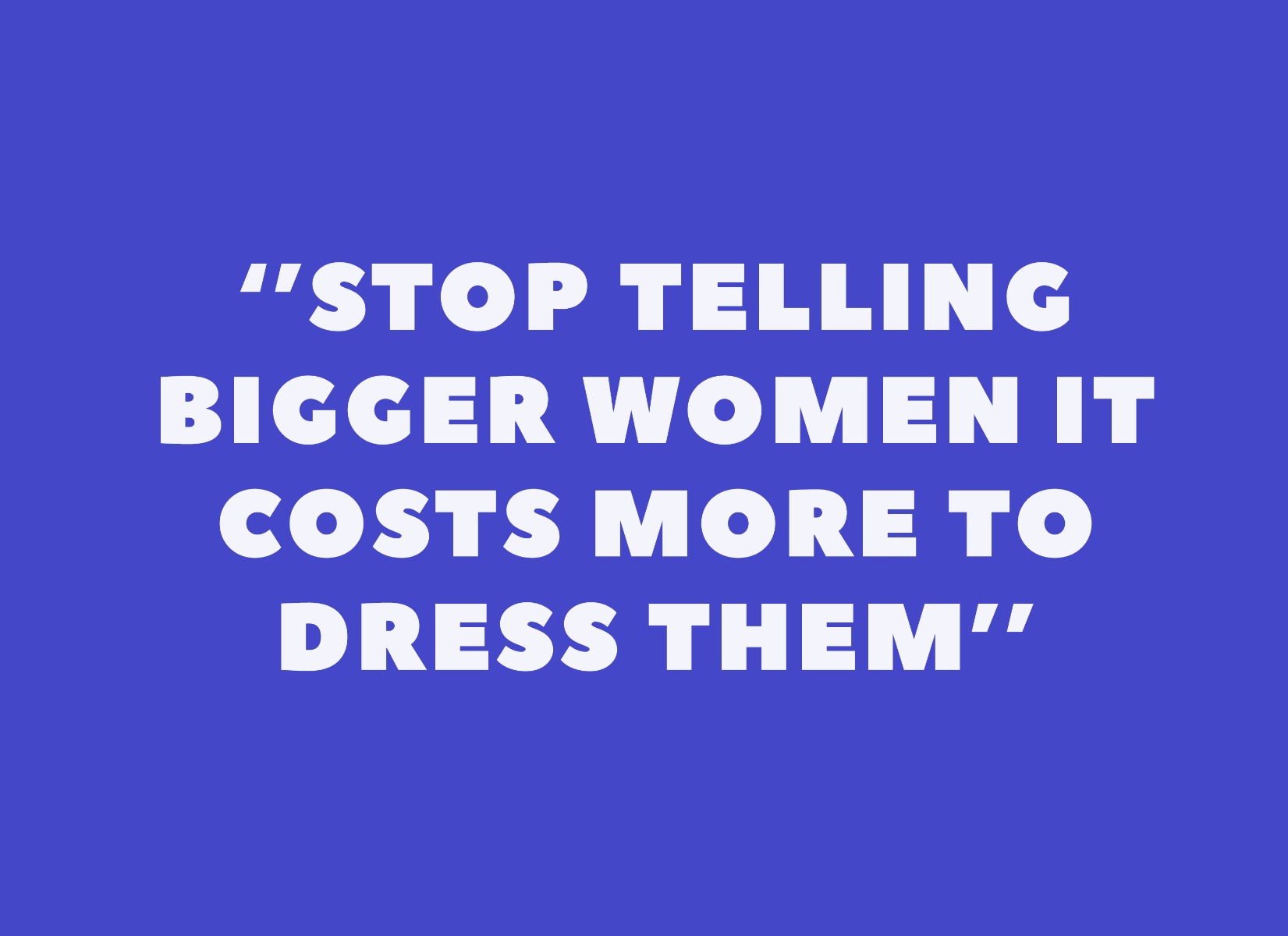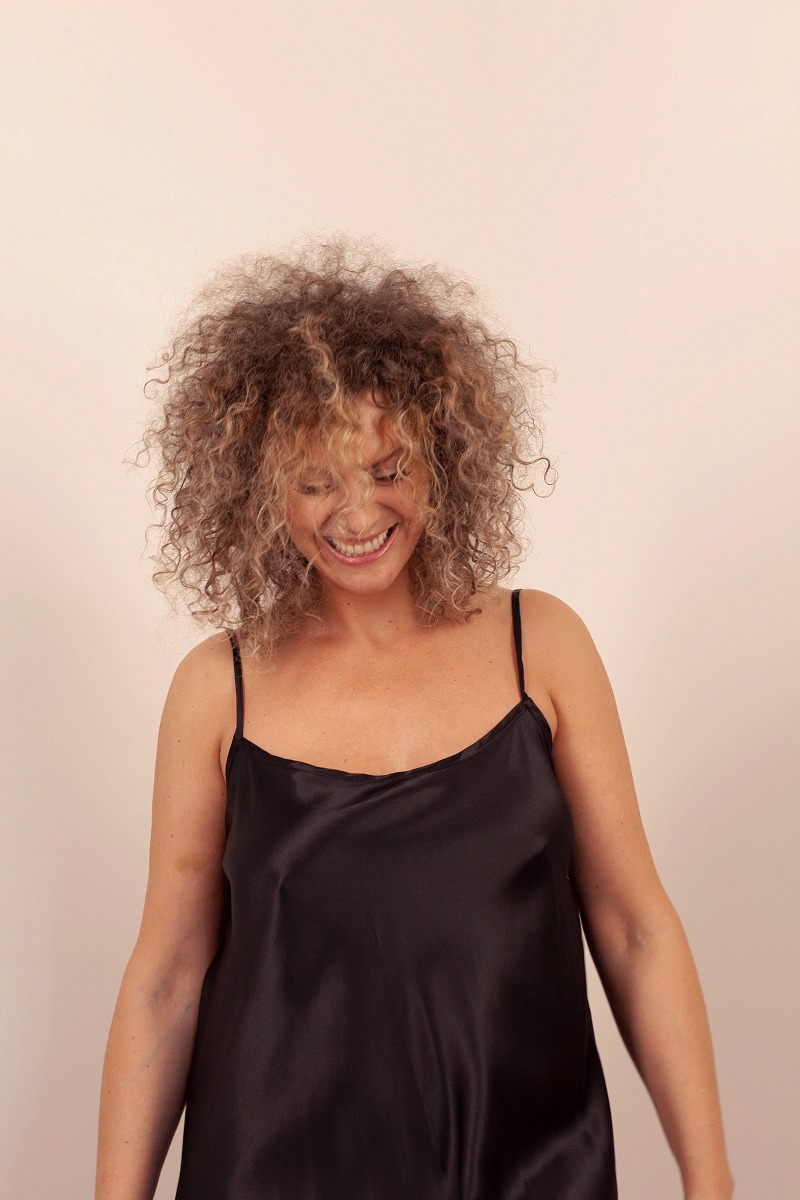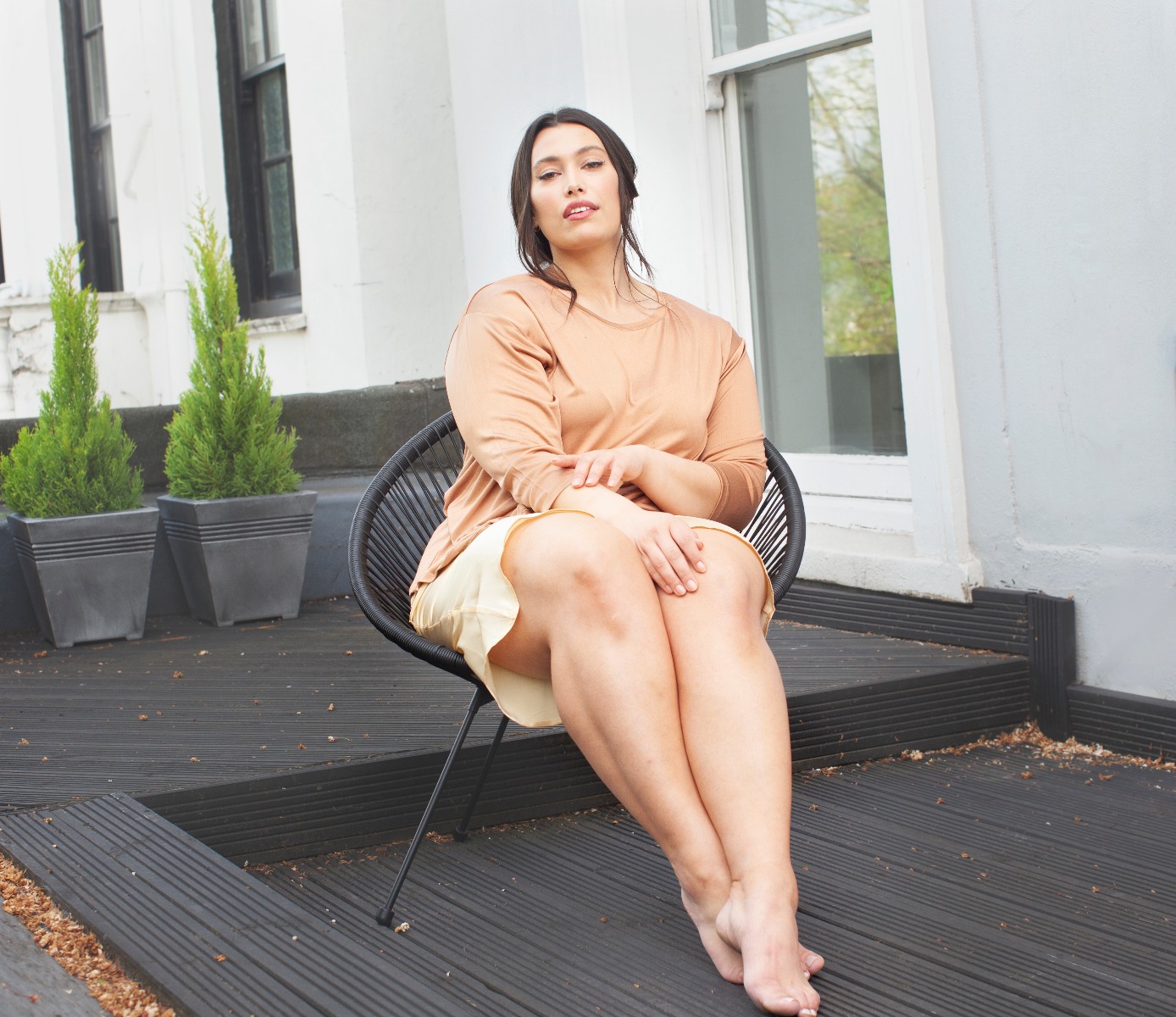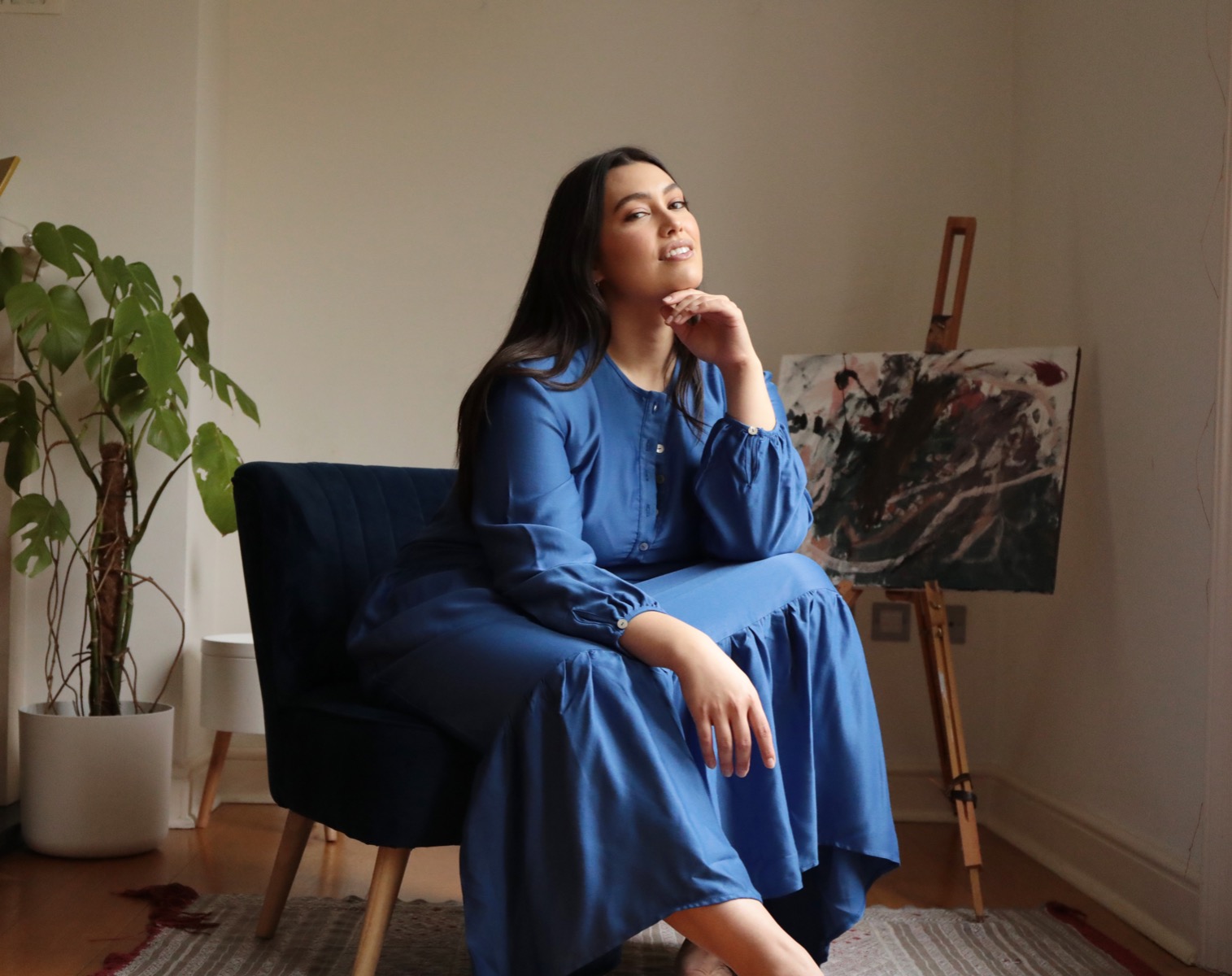SIZE INCLUSIVITY MATTERS

When I posted this image on Instagram at the end of July about size inclusivity, I had imagined it would cause some interaction and debate. It wasn't particularly controversial in my opinion but the topic of size inclusivity is causing lots of people in the fashion industry to speak out.
“STOP TELLING BIGGER WOMEN IT COSTS MORE TO DRESS THEM"
Speaking with passion, the caption read:
“If you are trying to make an inclusive range but you keep on explaining why it costs you more to dress bigger women than even if you get the garments right, your message is not. ( not sure which is worse). If you don’t know how to do it, you are not prepared, you can’t afford it, you don’t want to…whatever your reason is, don’t justify it with women, please.
Perhaps be honest about your own limitations?
Petite women don’t cost less, bigger women don’t cost more, all of them require the same attention and care if you want to have an inclusive clothing line.
So stop.
Not cool, don’t do it.
Thank you”
560 likes later and I decided that this topic deserved some airtime so I went live to discuss it in more detail. But if you didn't catch me live, you can find out why I stand by my opinion on size inclusivity below and the difference between a size-inclusive brand and one that offers "plus-size" clothing.
WHY ARE WE STILL TALKING ABOUT SIZE INCLUSIVITY?
I find it ludicrous that there is still an argument about whether people deserve to be considered and respected enough in fashion and design to be afforded a hassle-free shopping experience.
We get a lot of messages from customers that are happy to have found our clothing. There is no second-guessing when it comes to what you'll get at Lora GENE- quality, consideration and inclusivity are part of our makeup and our origin story. We didn't jump on a trend with our range of sizing, nor do we expect praise or demand. It simply shouldn’t be that someone wearing a bigger size is penalised by reflecting that cost in the price of that product.
''I bought this is The Emerald Green today at Lora’s London pop up. It’s STUNNING. As a plus size woman it was amazing to actually walk into a store and buy something that fitted exquisitely. The sales assistant named Laura was so lovely. It was such an amazing experience I put the dress on to show another plus size friend and she can’t wait to get
herself one. It literally gives me plus size Kiera Knightly vibes in THAT atonement dress... now I’m off to find James McAvoy and a library..''
Like this review from Emma on our website here

DON'T EXPLAIN YOUR POOR CHOICES AWAY
Some designers argue that because a garment requires more fabric, the cost should be accounted for by the person needing to buy a larger size. But why and what about average costs? I doubt anyone is charging less for a petite size?
If you truly invented yourself and your brand identity with women in mind; to uphold women, respect them and promote equity and womanhood- how can you discriminate from one woman to the other?
PLUS-SIZE/ INCLUSIVITY, WHAT'S THE DIFFERENCE?
The idea of plus-size clothing is one that is discriminative in my opinion. To say that something is plus-size normally begins and ends with the three standalone designs a company adds to their clothing range as though it was an afterthought.
It completely causes a divide, not togetherness. One becomes the exception and the exclusion of that group, sadly becomes the norm. The fast-fashion industry has caused so many problems, and this justification of charging more for a bigger size is one of them. It’s simply not true!
Several smaller and up and coming fashion designers reached out to me regarding this, and for bespoke pieces from designers that are one-person bands; being transparent about how your workflow and processes affect your price is completely valid. However, for bigger brands and as smaller businesses grow - we really need to reflect on our approach to design and consider the opportunity we have to change the face of fashion.


